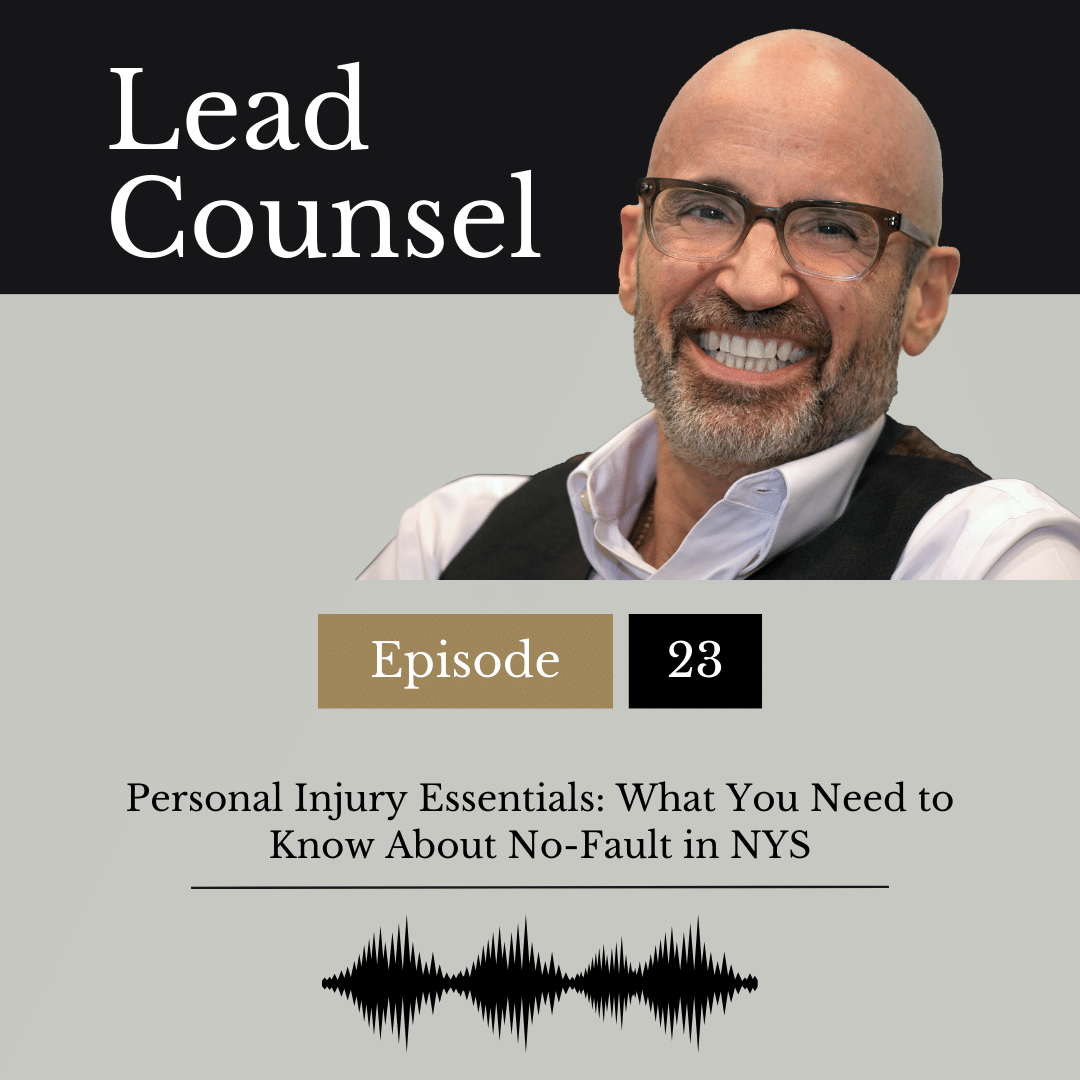Prepare to navigate the often confusing world of no-fault insurance for car accidents in New York State. The journey promises to be anything but monotonous as we get into how this insurance scheme operates, the coverage it offers, and the crucial steps to take following a car accident. The importance of filing a no-fault application in a timely manner, informing medical professionals that the injuries incurred are accident-related, and presenting bills to the no-fault carrier within the stipulated timeline will all be laid out.
Keeping our promise of making this complex subject both engaging and informative, we delve into the nuances of the no-fault exam, stressing the need to accompany clients to these evaluations. We’ll guide you on the road to maximizing personal injury costs while underscoring the importance of honesty during these assessments.
Spread the word and help your friends and family who’ve been involved in a car accident in New York understand this complex yet crucial insurance mechanism.
- What no-fault Insurance is and how it operates in New York State, covering the basics of personal injury protection insurance and its coverage.
- The importance of taking immediate action post-accident, such as filing a no-fault application within 30 days and informing healthcare providers that injuries are related to the accident.
- The nuances of no-fault exams, highlighting the need for honesty and vigilance during these assessments.
- Why other types of insurance, including health insurance, should not be used in a New York auto accident, with exceptions for workers’ comp insurance and no-fault insurance.
- The importance of not minimizing injuries during no-fault exams and the role of medical professionals in submitting bills and disputing denials.
- How to navigate situations where a person has multiple accidents, explaining how the claims can be distinguished and handled separately.
We’d love for you to follow us if you haven’t yet. Click that purple ‘+’ in the top right corner of your Apple Podcasts app. We’d love it even more if you could drop a review or 5-star rating over on Apple Podcasts. Simply select “Ratings and Reviews” and “Write a Review” then a quick line with your favorite part of the episode. It only takes a second and it helps spread the word about the podcast.
The information provided is for general informational purposes only and is not a substitute for professional legal advice based on your individual circumstances.
Laws change frequently and may change before or after the release of any specific podcast episode, therefore Thomas Tona cannot warrant that all representations are correct. You should always consult with an attorney directly before making legal decisions concerning your own unique legal issues. The offer of the information in this program does not create an attorney/client relationship. An attorney/client relationship can only be formed by executing a written contract with Thomas Tona or his firm that is signed by the client and a representative of the firm. This podcast may be considered attorney advertising.
No-fault insurance can be a complicated and befuddling concept, especially when it comes to car accidents in New York State. This comprehensive guide aims to simplify the process and provide a clear understanding of how no-fault insurance works, what it covers, and what steps to take after a car accident. By understanding this insurance mechanism, you can ensure that you maximize your coverage.
In New York, every automobile policy carries a coverage known as personal injury protection insurance, informally termed as no-fault insurance. It is called so because it applies regardless of who caused the accident or who is at fault. It is designed to cover basic economic loss up to $50,000, primarily medical treatment for injuries sustained in an auto accident and lost wages.
1. File a No-Fault Application: After an accident, it is crucial to file a no-fault application within 30 days with your auto insurance company. This application ensures that the insurance company will cover your medical bills and lost wages.
2. Inform Healthcare Providers: Always inform your healthcare providers that your injuries are related to an accident and that you are under a no-fault insurance scheme.
3. Submit Bills and Claims Timely: All medical bills should be submitted to the no-fault carrier within 45 days, while lost wage claims must be submitted within 90 days. These are strict timelines set by the statute.
The no-fault exam is an important part of the process, designed to assess whether you still require treatment and if the insurance should continue paying for said treatment. However, remember that these exams are paid for by the insurance company, and thus, it’s important to answer truthfully and not minimize or exaggerate injuries. Always ask your treating doctors what to expect at the no-fault exam.
If a person has two accidents covered under no-fault insurance, a separate no-fault claim must be set up with the insurance carrier within 24 hours of the second accident. It’s then up to your doctors to distinguish the injuries from the first accident to the second accident.
In an auto accident in New York, health insurance or any other form of insurance should not be used other than workers’ comp insurance and no-fault insurance. Private health insurance will not come into play unless and until no fault is exhausted.
Understanding the complexities of no-fault insurance after car accidents in New York can be overwhelming. However, by taking the time to understand the process and the crucial steps to take following a car accident, you can ensure that you maximize your coverage. Always remember honesty during assessments, timely filing of applications and claims, and distinguishing injuries in the event of multiple accidents are key to successfully navigating the world of no-fault insurance.











